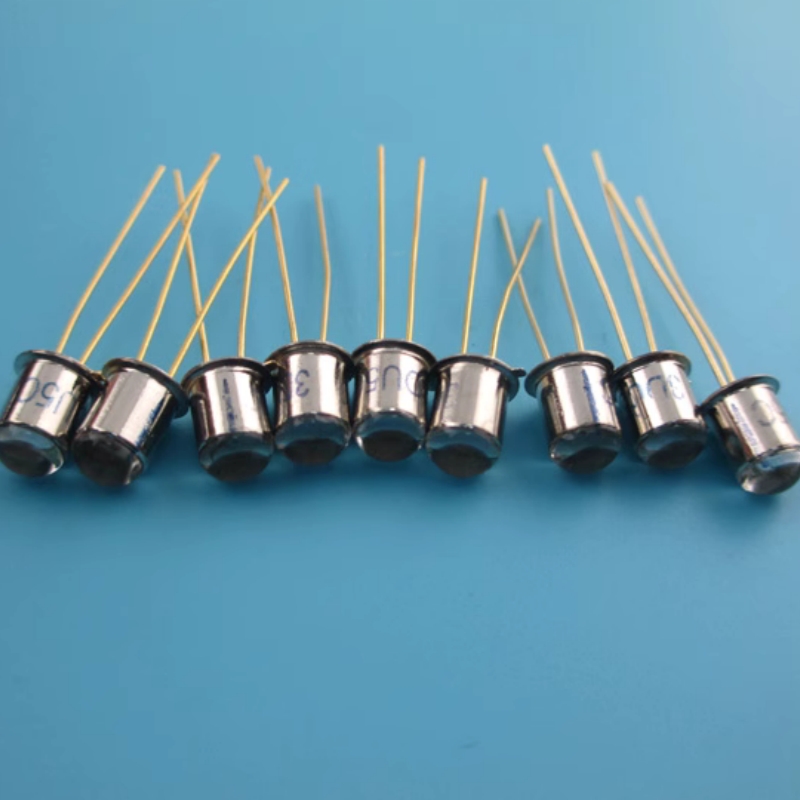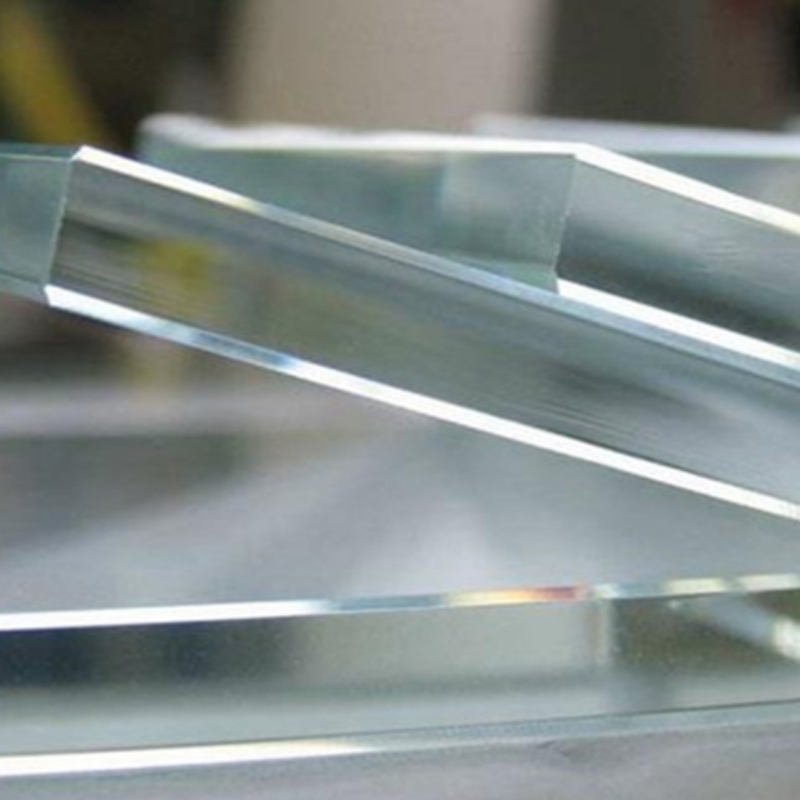Low-temperature sulfur-resistant shift catalyst is an advanced catalytic material designed to enhance the water-gas shift reaction while maintaining high resistance to sulfur contamination. Engineered using optimized metal oxide formulations, it ensures efficient CO conversion, superior thermal stability, and prolonged operational lifespan in hydrogen-rich environments. This catalyst is widely used in hydrogen production, ammonia synthesis, petrochemical refining, and gas purification processes, providing reliable performance in low-temperature conditions while preventing deactivation due to sulfur exposure.
Product Overview
This sulfur-resistant shift catalyst is produced using advanced oxidation-state preparation techniques. It has excellent packing properties and uniform gas flow distribution, making it especially suitable for axial radial reactors and adiabatic reactors. The catalyst has a stable structure, outstanding thermal stability, and water resistance, allowing it to be used in complex reaction environments for extended periods. Through the synergistic effect of special additives and active components, the catalyst significantly enhances methane resistance, exhibits a low activation temperature, and maintains excellent catalytic activity at low temperatures.
Key Features
- Excellent Packing and Gas Flow Distribution: Suitable for various reactor designs, ensuring even gas distribution and optimizing reaction efficiency.
- Good Thermal Stability: Can work stably at high temperatures for long durations, ensuring efficient reactions.
- Outstanding Water Resistance: The catalyst’s performance is unaffected by humid or aqueous environments, maintaining high activity.
- High Low-Temperature Activity: Has a low activation temperature and maintains good catalytic performance even at lower operational temperatures.
- Strong Methanation Resistance: Effectively inhibits methanation reactions, preventing the formation of unnecessary by-products.
Applications
- Ammonia Production: Enhances nitrogen-to-hydrogen ratio in ammonia synthesis, improving feedstock gas conversion rates.
- Hydrogen Production: Widely used in hydrogen production to optimize carbon monoxide conversion efficiency.
- Methanol Production: Applied in the gas conversion stage of methanol synthesis to ensure a stable production process.
| Property | Value |
| Shape | Spherical |
| Size (mm) | 3.5-5 |
| CoO Content (%) | ≥2 |
| MoO₃ Content (%) | ≥8 |
| Residual | Carrier and Additive |
| Surface Area (m²/g) | >100 |
| Operating Temperature (°C) | 200-500 |
| Pressure (MPa) | 2~8 |
| Dry Space Velocity (h⁻¹) | 1000-6000 |
| Gas to Liquid Ratio | 0.4-1.2 |
| Sulfur Content (%) | ≥0.02 |
 new material
new material








